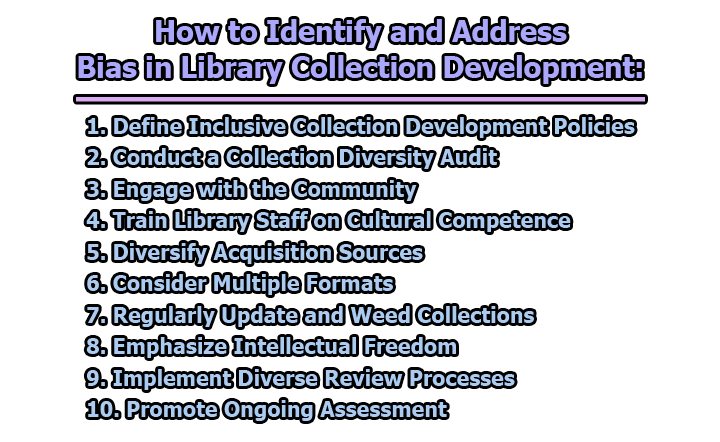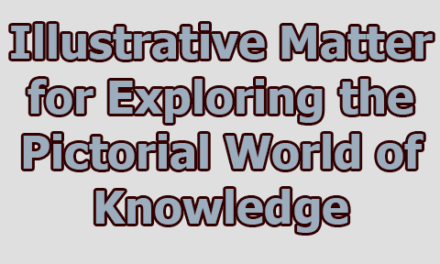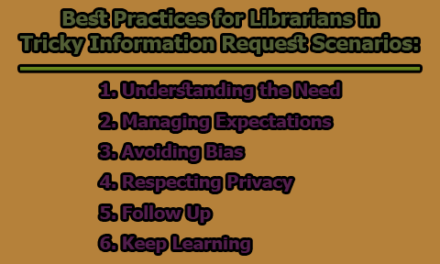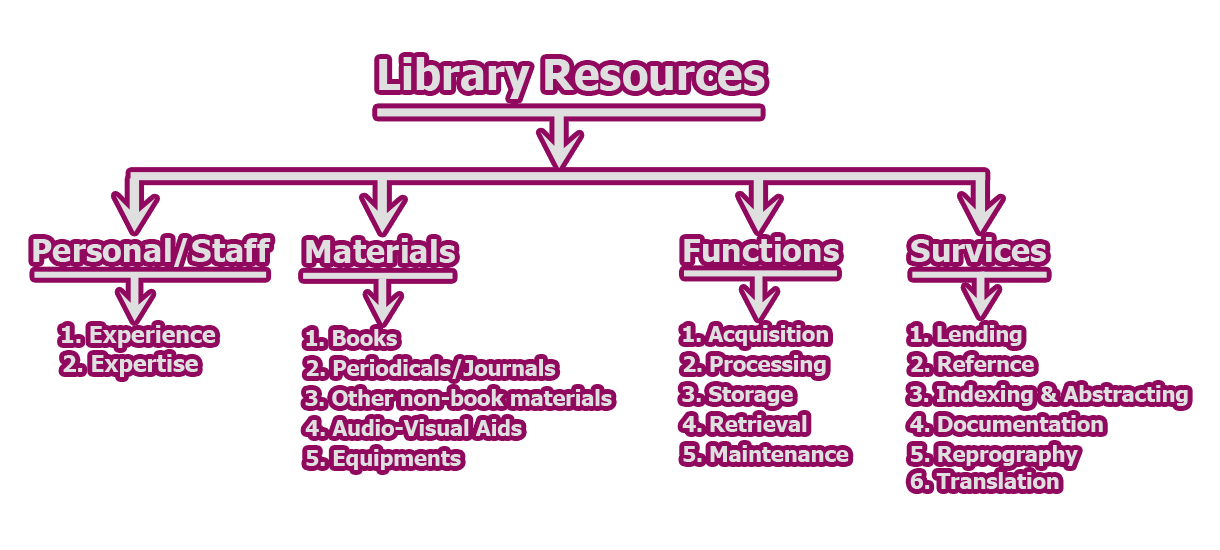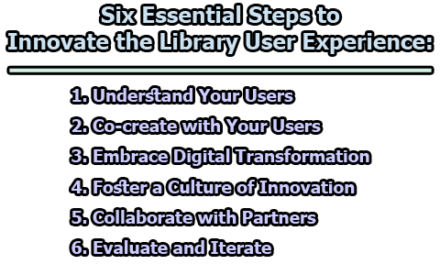How to Identify and Address Bias in Library Collection Development:
Libraries serve as vital repositories of knowledge, offering diverse resources to cater to the informational needs of their communities. However, the process of collection development is not immune to bias, which can inadvertently shape the content and perspectives available to library patrons. Identifying and addressing bias in library collections is crucial for promoting inclusivity, diversity, and equitable access to information. In this article, we will explore how to identify and address bias in library collection development.
1. Define Inclusive Collection Development Policies: Establishing inclusive collection development policies is the cornerstone of mitigating bias in libraries. These policies serve as a roadmap for acquiring and maintaining a collection that reflects the diversity of the community it serves. Begin by clearly articulating the library’s commitment to diversity, equity, and inclusion. Specify how these principles will guide decision-making processes throughout collection development.
Inclusive policies should outline the criteria for selecting materials that represent a broad spectrum of voices, perspectives, and experiences. This may involve considering factors such as race, ethnicity, gender, sexual orientation, socioeconomic status, and cultural background. By defining these criteria, libraries set a standard for their commitment to providing a well-rounded and representative collection.
Moreover, ensure that the policies are communicated transparently to both library staff and the community. Publicizing these guidelines fosters accountability and encourages community involvement in holding the library to its commitment to diversity and inclusivity.
2. Conduct a Collection Diversity Audit: Periodically conducting a collection diversity audit is an essential practice for identifying and rectifying biases within the library’s holdings. This audit involves a systematic review of the entire collection, evaluating the representation of various demographics and perspectives.
Start by categorizing materials based on genres, subjects, and formats. Then, analyze these categories to determine the representation of different voices and perspectives. Pay attention to underrepresented groups and identify areas where the collection falls short in reflecting the diversity of the community.
This audit provides concrete data on the state of the collection, enabling informed decision-making for future acquisitions. The findings can serve as a basis for setting specific goals to address identified gaps and biases within the collection.
3. Engage with the Community: Community engagement is a powerful tool for ensuring that the library collection meets the unique needs and interests of its patrons. Establish mechanisms for ongoing dialogue with the community, including surveys, focus groups, and public forums. This engagement should go beyond traditional methods and actively seek input from marginalized or underrepresented groups.
By understanding the community’s preferences, interests, and informational needs, libraries can make informed decisions during the collection development process. Community involvement also fosters a sense of ownership, as patrons recognize the library as a space that values and reflects their diverse perspectives.
Libraries can host events, book clubs, or discussion forums that specifically address diverse themes, encouraging community members to recommend materials or provide feedback on the existing collection. This collaborative approach ensures that the library is a responsive and inclusive resource for all.
4. Train Library Staff on Cultural Competence: Library staff play a pivotal role in shaping the collection, making it imperative to provide them with training on cultural competence. Cultural competence training goes beyond basic diversity awareness and delves into understanding the historical, social, and cultural contexts that shape various perspectives.
Training programs should address unconscious biases that may influence staff members’ decisions during the collection development process. By promoting awareness and sensitivity, staff can actively contribute to the creation of a collection that reflects the library’s commitment to inclusivity.
Additionally, ongoing training ensures that staff members stay informed about emerging trends, new voices, and cultural shifts. This continuous education empowers library professionals to critically assess materials, identify bias, and make informed choices that align with the library’s inclusive goals.
5. Diversify Acquisition Sources: To counteract industry biases present in mainstream publishing, libraries must actively seek out and diversify their acquisition sources. Establish relationships with independent publishers, local authors, and content creators who represent a wide range of perspectives.
Collaborating with diverse acquisition sources broadens the pool of available materials, ensuring that the library’s collection is not limited to popular or mainstream narratives. Libraries can actively seek out self-published works, translations, and materials from global perspectives to enrich their offerings.
Furthermore, explore alternative formats and platforms for content acquisition, such as open-access repositories, community-created content, or resources produced by advocacy groups. By diversifying acquisition sources, libraries can contribute to breaking down traditional barriers and offering a more inclusive range of materials to their patrons.
6. Consider Multiple Formats: Recognizing that bias can manifest not only in content but also in the format of materials is crucial for ensuring accessibility and catering to diverse learning preferences. Libraries should aim to offer resources in various formats, such as audiobooks, e-books, graphic novels, and multimedia resources. This not only accommodates individuals with different learning styles but also addresses the needs of patrons with varying levels of accessibility requirements.
When assessing the collection, evaluate the representation of diverse formats and identify any potential biases in the availability of resources. Actively seek out materials in alternative formats to create a well-rounded and accessible collection that caters to the diverse needs and preferences of the community.
7. Regularly Update and Weed Collections: Maintaining a dynamic and relevant collection requires a commitment to regular updates and weeding. This process involves removing outdated or biased materials and incorporating new, diverse perspectives. Libraries should establish a systematic schedule for collection maintenance, ensuring that the collection remains reflective of the community’s evolving interests and informational needs.
Weeding is a critical component of addressing bias, as outdated or inaccurate information can perpetuate stereotypes and misrepresentations. By regularly assessing the collection’s relevance and accuracy, libraries demonstrate a commitment to providing reliable and up-to-date resources that align with their inclusive collection development policies.
8. Emphasize Intellectual Freedom: While the goal is to build a collection that is inclusive and diverse, libraries must also uphold the principle of intellectual freedom. Intellectual freedom ensures that diverse voices, even those that challenge prevailing norms, have a space within the collection. It promotes a robust exchange of ideas and supports the exploration of different perspectives within ethical and legal boundaries.
Clearly communicate the library’s stance on intellectual freedom in collection development policies. This commitment encourages patrons to explore a variety of viewpoints and ensures that the library remains a platform for the free exchange of ideas. Striking a balance between inclusivity and intellectual freedom is essential for creating a collection that is both diverse and intellectually stimulating.
9. Implement Diverse Review Processes: To avoid individual biases shaping the collection, establish diverse review committees or involve community members in the material selection process. Multiple perspectives contribute to a more nuanced evaluation of materials and reduce the likelihood of biased selections.
Diverse review processes can include input from librarians with different specializations, community representatives, or advisory boards. This approach not only ensures a more comprehensive evaluation of potential acquisitions but also empowers the community to actively participate in shaping the library’s collection. Community involvement in the review process fosters a sense of ownership and trust in the library’s commitment to inclusivity.
10. Promote Ongoing Assessment: Commit to continuous self-assessment and improvement by regularly revisiting and refining collection development policies. Actively seek feedback from the community, monitor emerging trends, and assess the effectiveness of implemented strategies. An ongoing commitment to addressing bias ensures that the library remains responsive to the evolving needs and expectations of its diverse community.
Create mechanisms for patrons to provide feedback on the collection, whether through surveys, suggestion boxes, or community forums. This feedback loop not only helps in identifying potential biases but also demonstrates the library’s commitment to transparency and accountability. Regularly updating policies based on assessments ensures that the library remains a dynamic and inclusive space for all patrons.
It is apparent that in the ever-evolving landscape of library science, the commitment to combating bias in collection development is paramount. By implementing above strategies, libraries can proactively identify and address bias, fostering a diverse, inclusive, and equitable information environment for all patrons. As guardians of knowledge, libraries have a responsibility to curate collections that reflect the richness of human experiences and perspectives.

Assistant Teacher at Zinzira Pir Mohammad Pilot School and College

